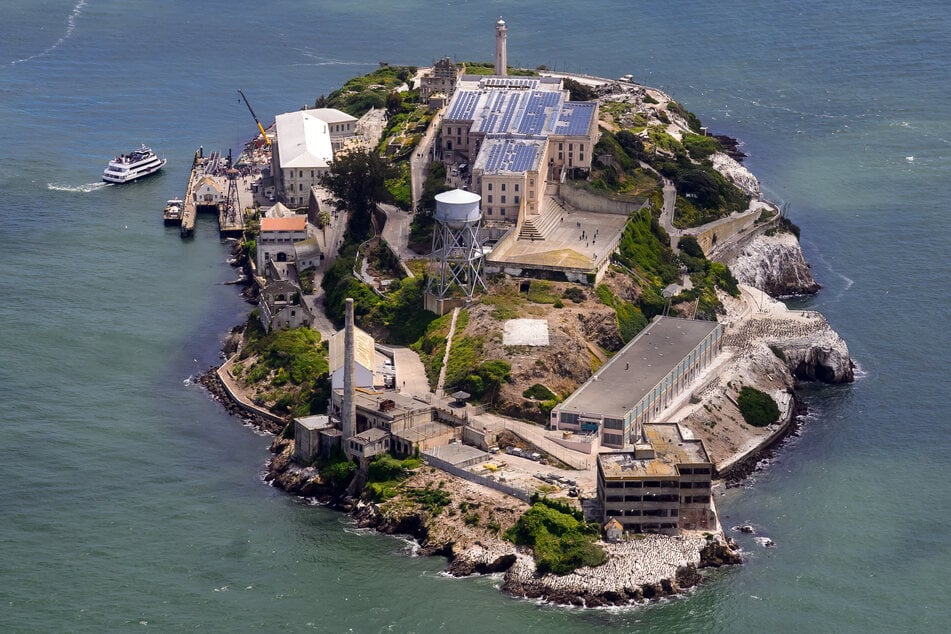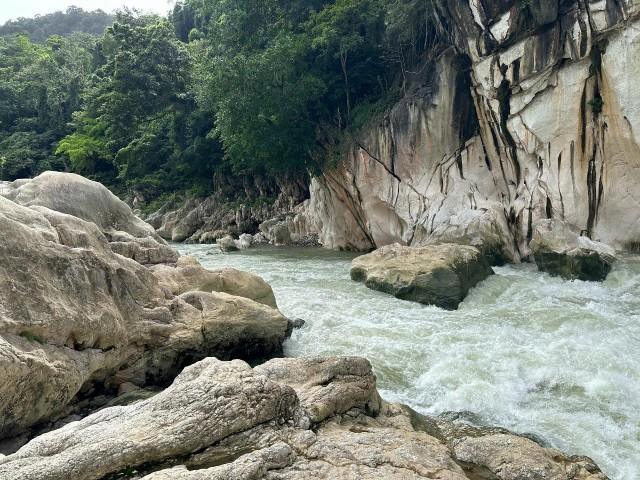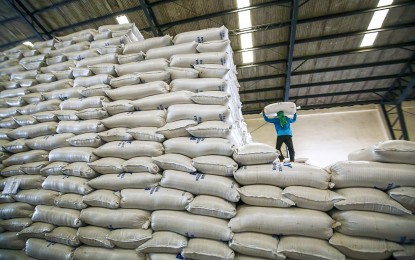Extent of the Damage
According to the United States Geological Survey (USGS), the earthquake’s epicenter was located approximately 120 kilometers northwest of Montego Bay, Jamaica, at a depth of 15 kilometers. The force of the quake caused significant structural damage to buildings and infrastructure in affected areas, with reports of collapsed homes, cracked roads, and widespread power outages.
Authorities in Jamaica, Haiti, and the Cayman Islands have mobilized emergency response teams to assess the full extent of the destruction. Hospitals in Kingston and other major cities have reported an influx of injured individuals, while residents remain on high alert for potential aftershocks.
Tsunami Warnings and Evacuations
Following the quake, the Pacific Tsunami Warning Center (PTWC) issued a tsunami warning for Jamaica, Cuba, and the Bahamas, urging coastal residents to evacuate to higher ground. Some regions experienced minor flooding and unusual wave activity, but as of now, no large-scale tsunami has been reported.
Authorities in the affected countries have urged residents to remain cautious and prepared for further seismic activity. Disaster relief agencies are coordinating with international partners to provide assistance to those impacted by the earthquake.
Government and Global Response
Jamaican Prime Minister Andrew Holness has declared a state of emergency in the hardest-hit areas, pledging government aid to assist in recovery efforts. “We are working closely with emergency responders to ensure the safety and well-being of all affected citizens,” Holness said in a televised address.
The United Nations and Red Cross have offered immediate support, with humanitarian teams deployed to assess the situation. The U.S. and European Union have also expressed willingness to provide aid if needed.
Scientific Perspective and Preparedness
Seismologists have noted that the Caribbean is a seismically active region, sitting along multiple fault lines. Experts warn that aftershocks, some of which could be strong, are likely in the coming days. Authorities are urging residents to stay informed and follow emergency protocols.
While disaster preparedness measures have improved in recent years, this earthquake serves as a stark reminder of the region’s vulnerability to natural disasters. Governments and international organizations continue to emphasize the importance of stronger building codes, early warning systems, and emergency preparedness programs to mitigate future risks.
As the Caribbean begins to recover from this devastating earthquake, the focus will shift toward rebuilding efforts and ensuring that affected communities receive the necessary aid and resources to recover













/https://tf-cmsv2-smithsonianmag-media.s3.amazonaws.com/filer_public/54/66/546650fa-26a4-40fd-8d6d-5a7a04540f81/rosetta2.png)
:max_bytes(150000):strip_icc():focal(999x0:1001x2)/robert-prevost-050825-1-39395418ab494da5a3a700c9478e66c8.jpg)















































format(webp))
format(webp))


























